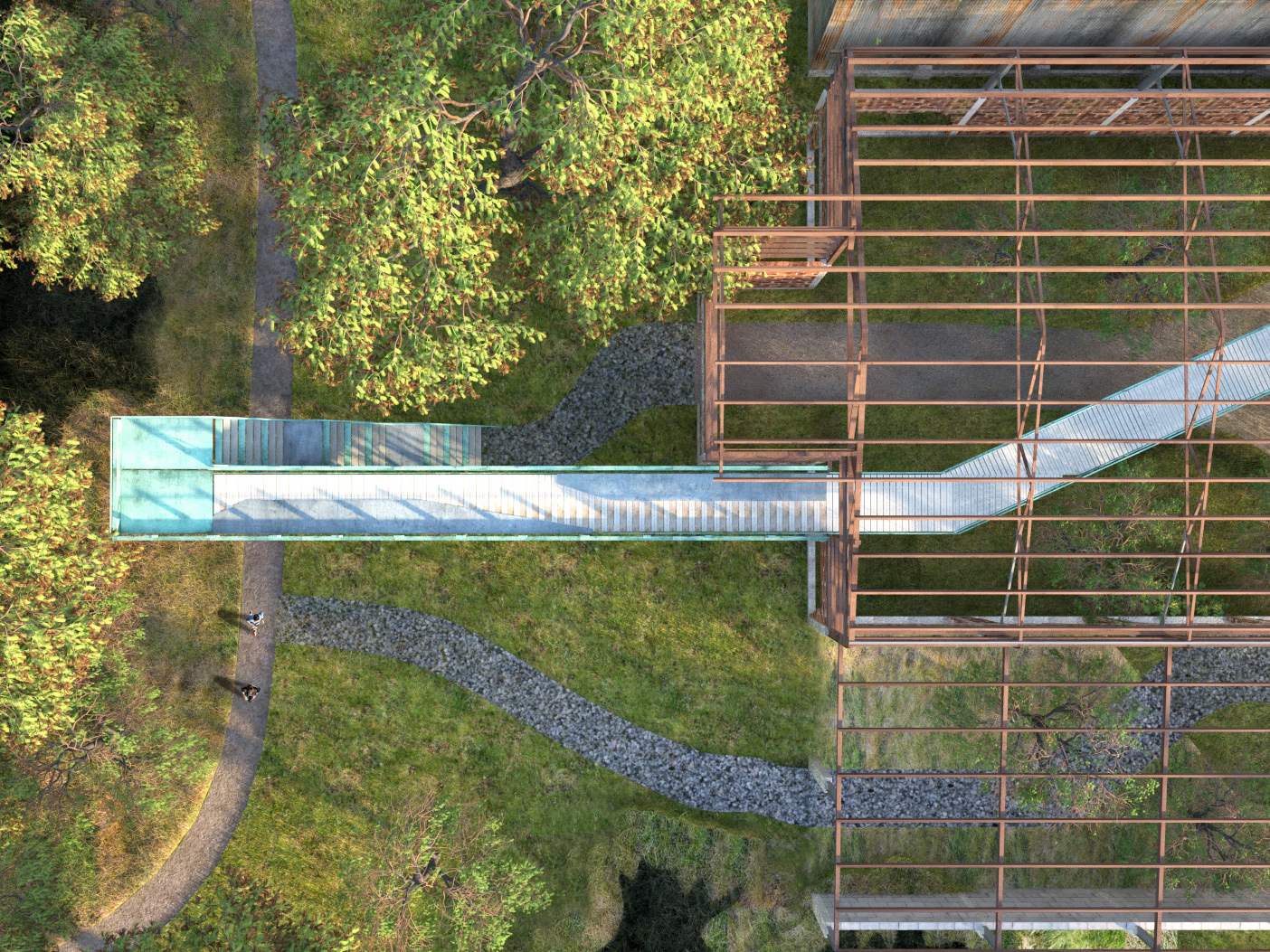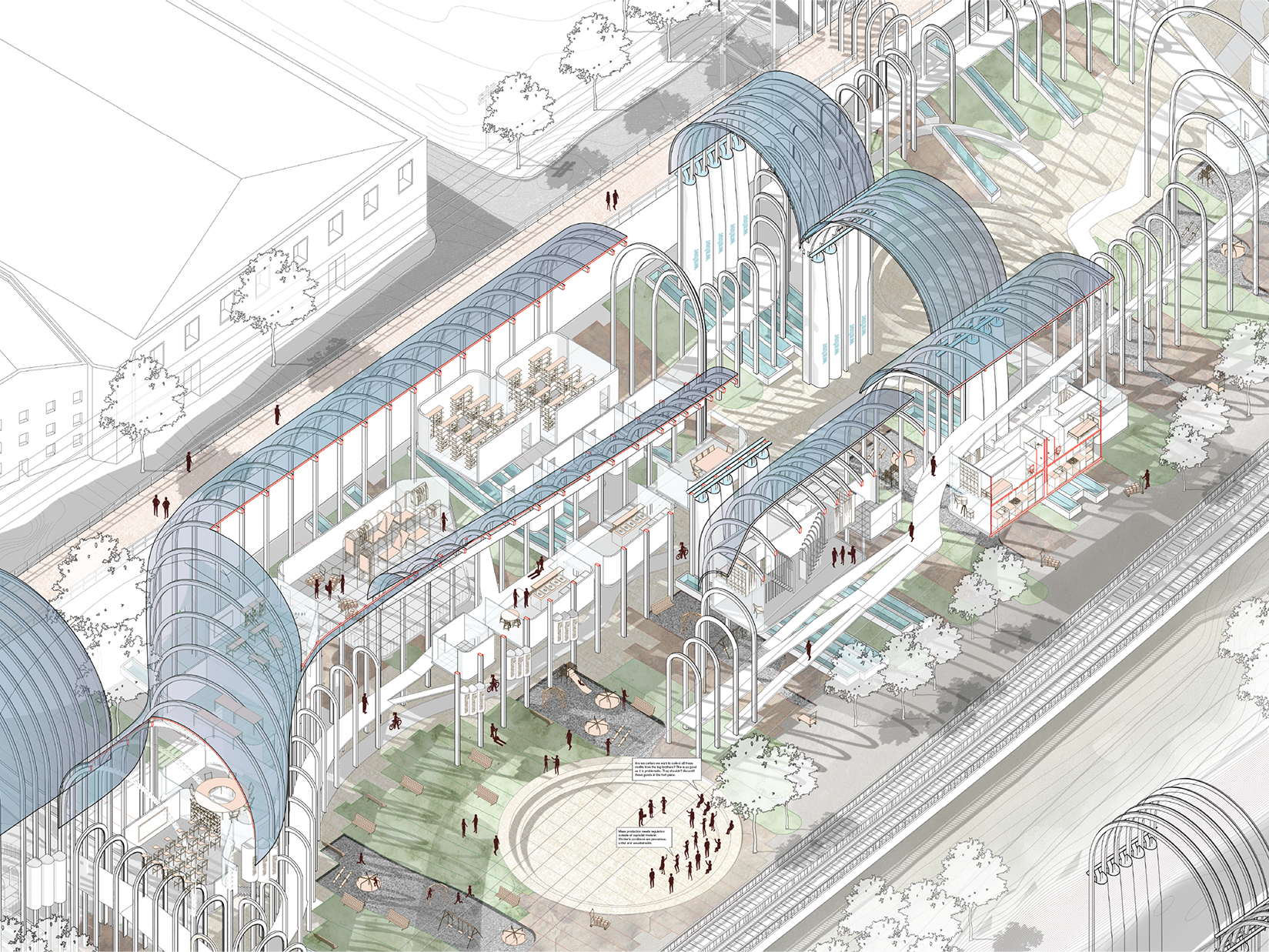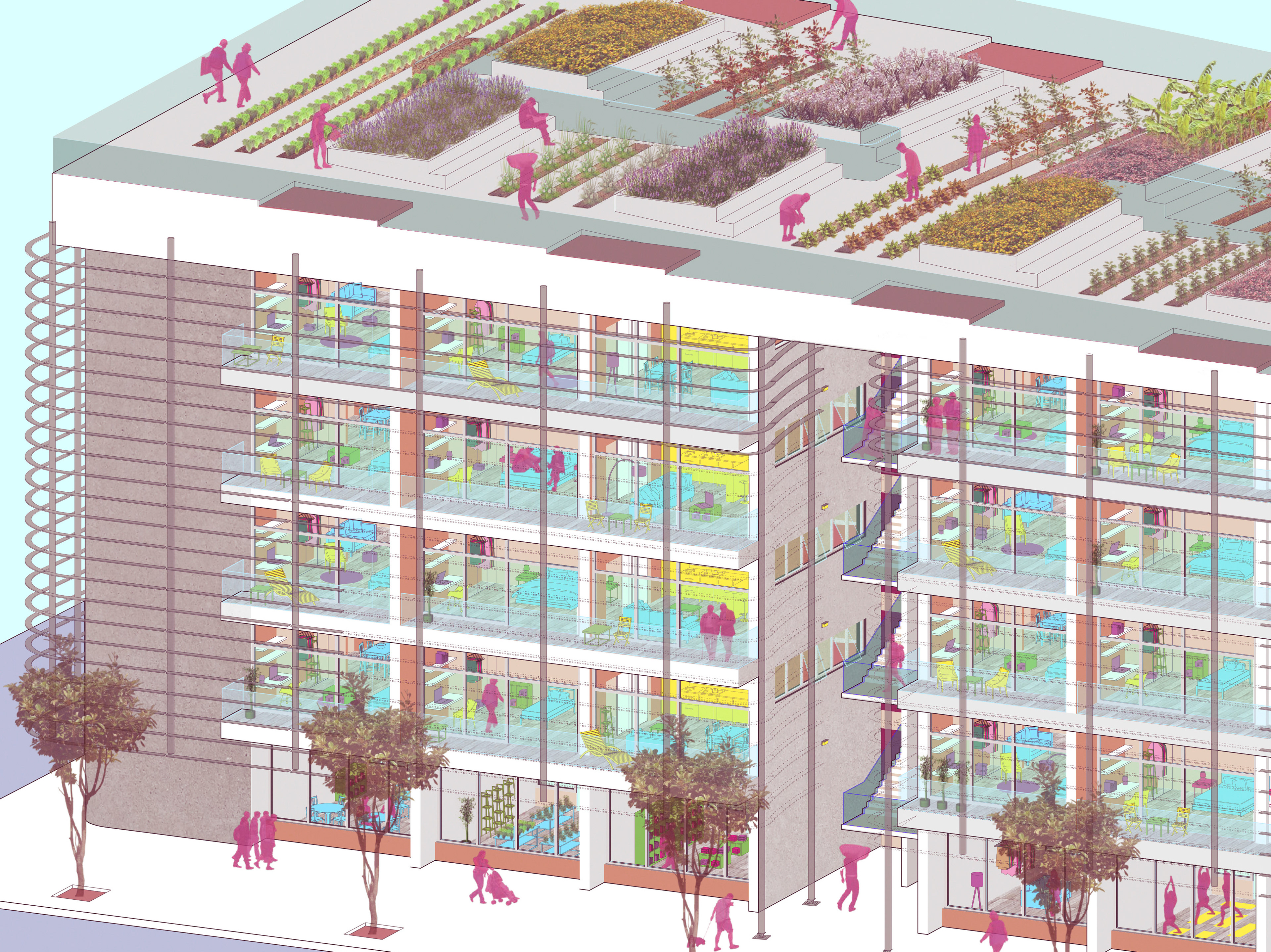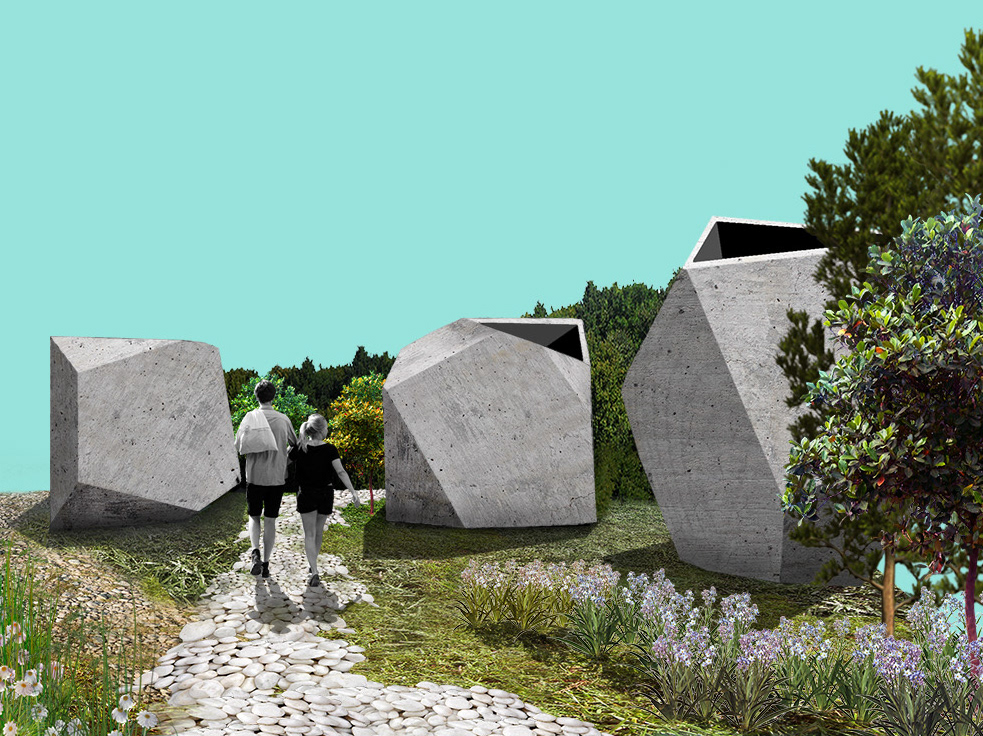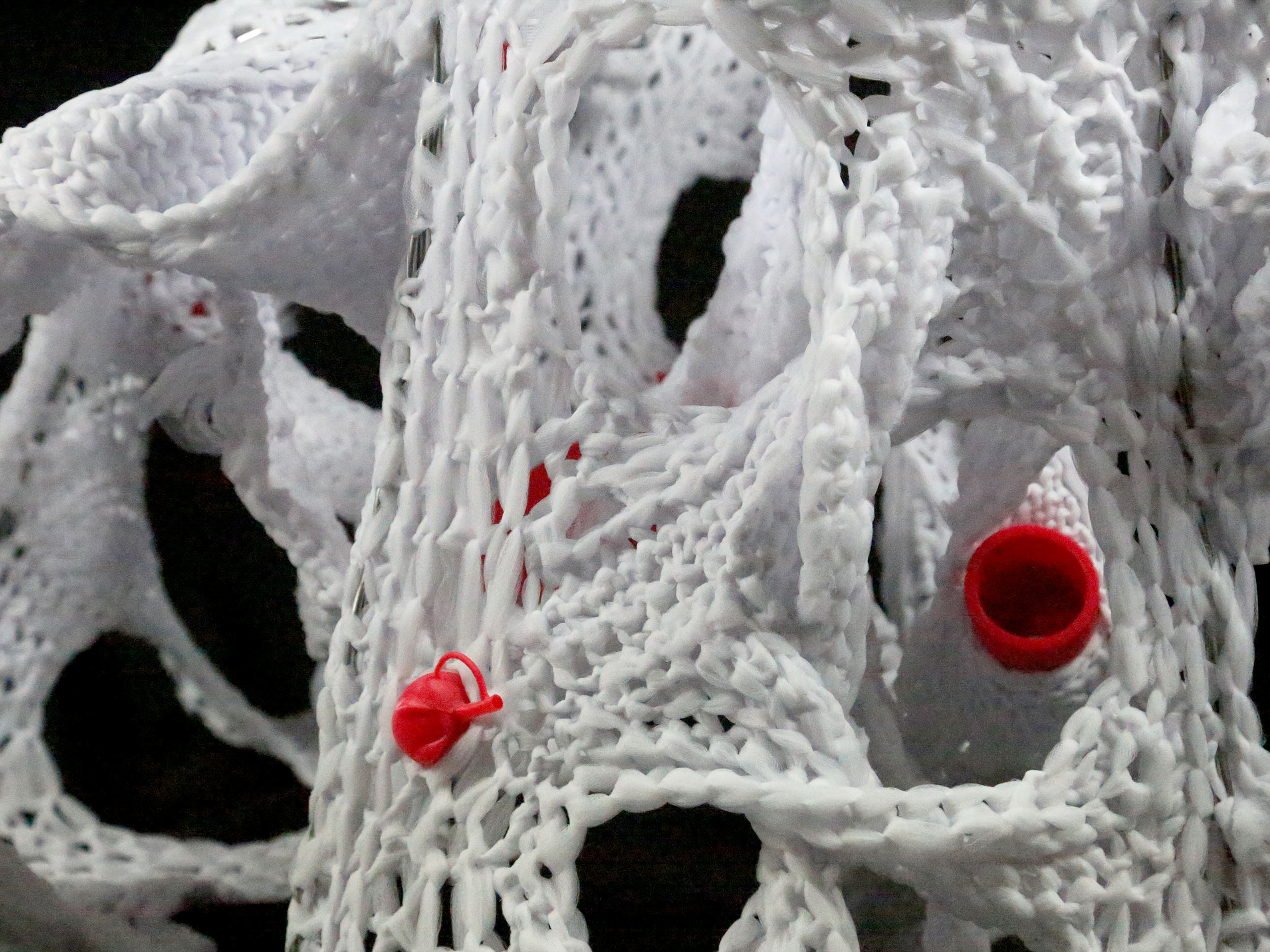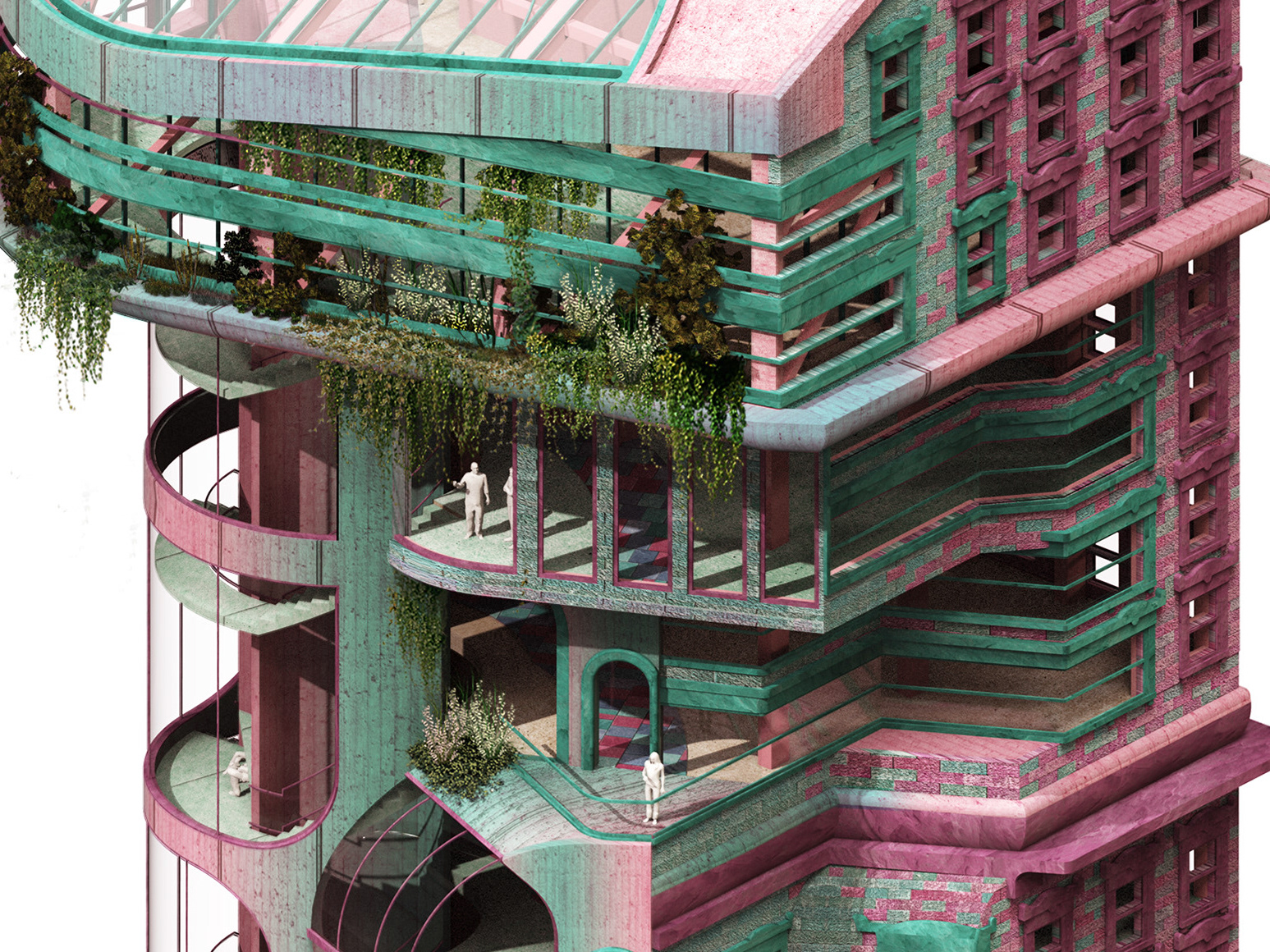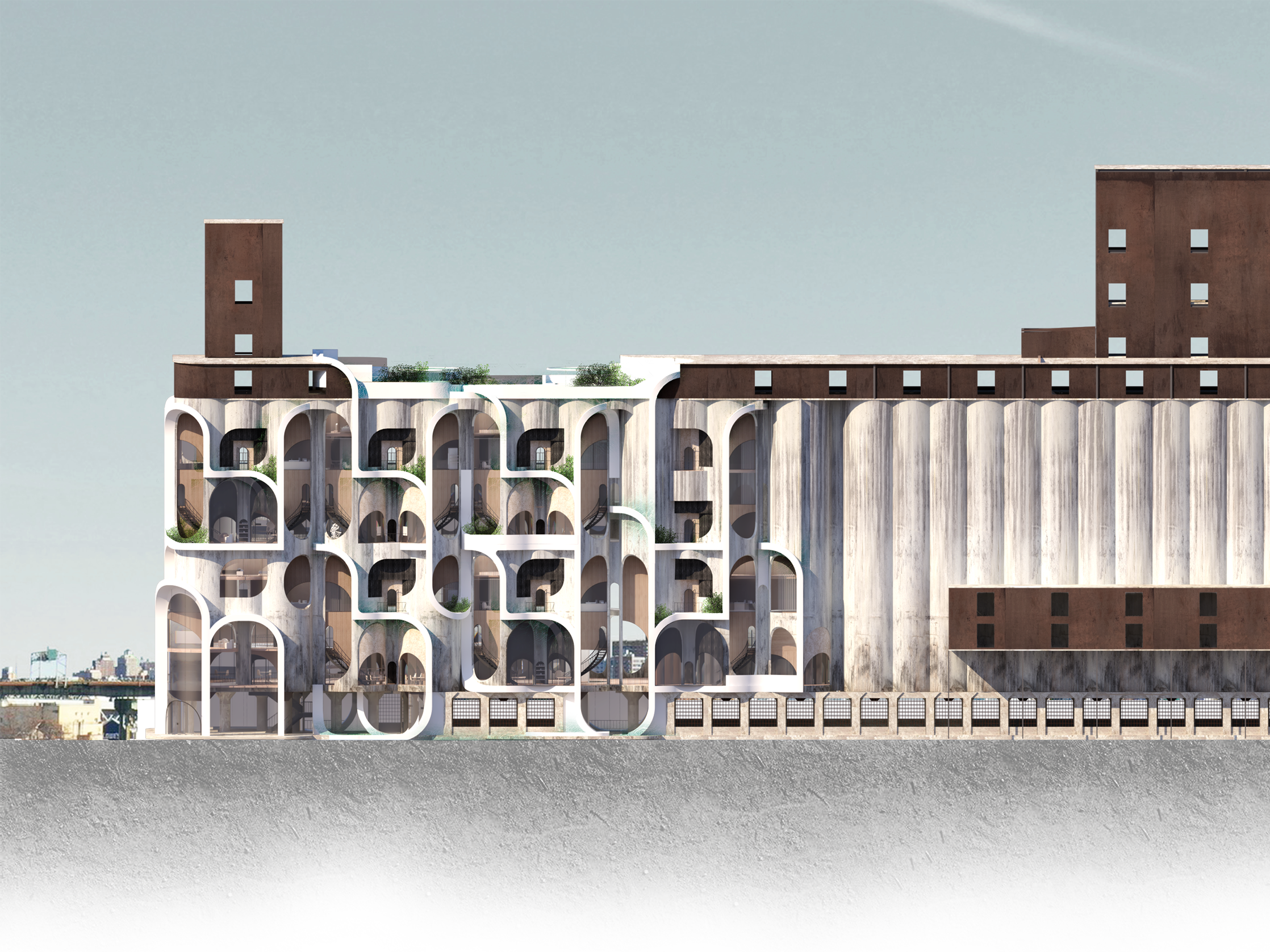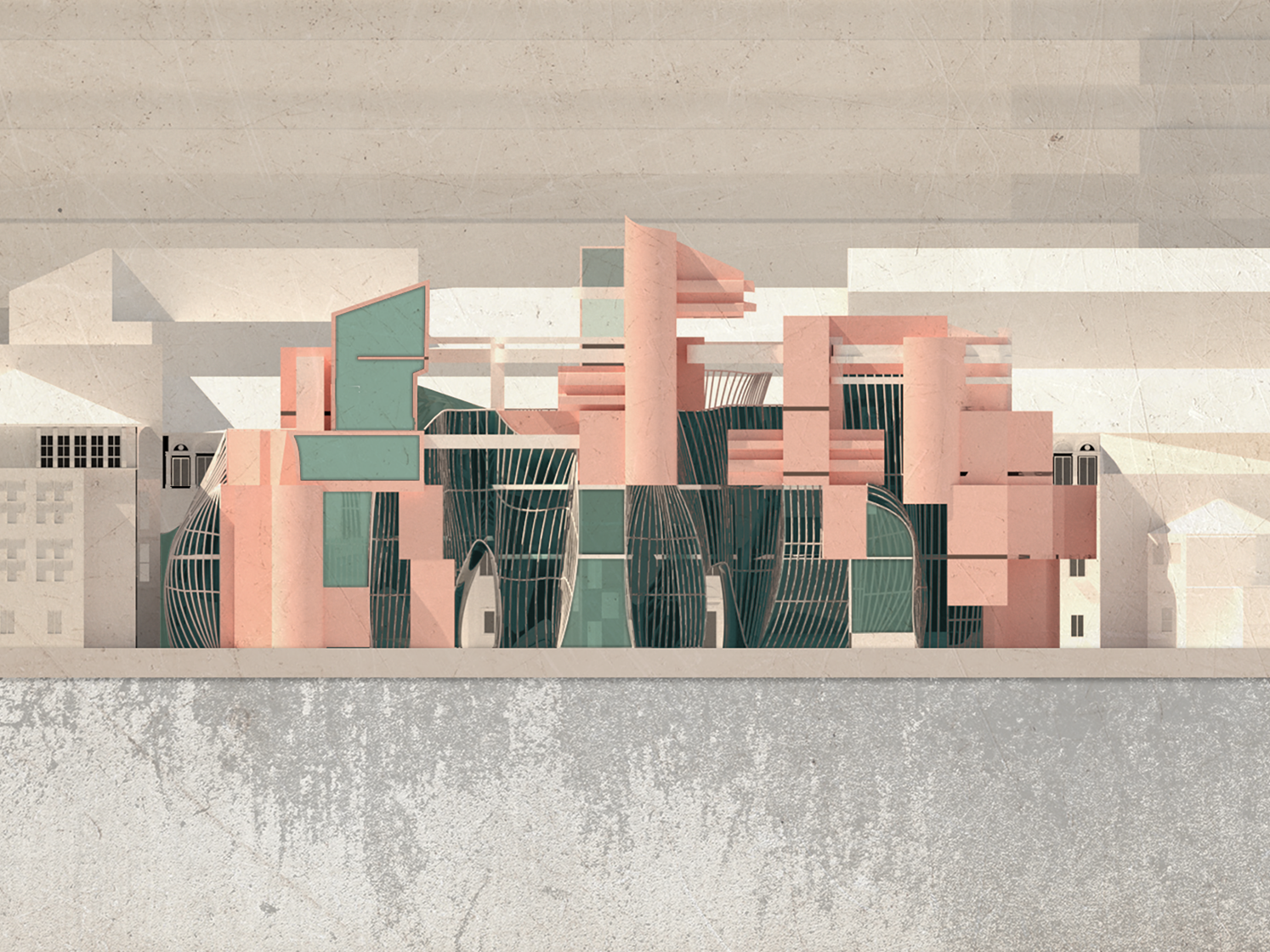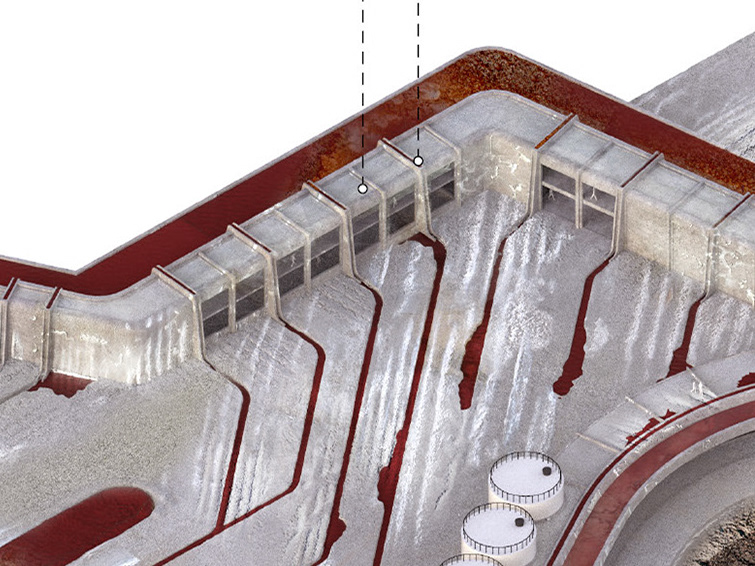Synthesis Studio - BA Environmental Design
Center for Investigation and Creation in Design - University of Puerto Rico - Fall 2016
Food remains one of the most reliable sources to know the authentic culture of a country. While the globalization of information has distorted the fashion industry, the economy, the work place, social equity rights, material & media consumption, and provoked human alienation of cultural roots; local recipes remain alive and flourishing aside the contemporary trends. Food is not only a need, but is a cultural identity that invites people to celebrate traditional values and revive collective memories in informal scenarios, regardless of social class or ethnicity. Following this premise, the project aimed to explore the cultural relationship between two countries that although thousands of kilometers apart, share similarities in climate and local food identities: Puerto Rico and Hong Kong.
The role of the Traveling Exhibition was thought as a manifestation of both street food histories using contemporary mediums available for audiovisual media propaganda. As a public exhibition space, it intended to show Puerto Rican Chinchorros and Hong Kong Dai Pai Dongs culinary identities by representing both food landscapes and their sustenance within globalized countries. Moreover, the pavilion intended to imagine the locale food cultures inhabiting our urban realities.
Hong Kong has been long known for its rich street food markets offering an authentic whiff of the sailor coast it once was. The long traditions can be seen in the food recipes, as in the dried fishes hanging in the side roads, or in the ready-to-go egg tarts.
Puerto Rico, although strongly influenced by North American traditions, holds strong foundations from its Afro-Spanish and Indigenous backgrounds. The most evident is the local street food and its cuisine style. It remains representative of the Caribbean character of the island, and the local family traditions. From the “alcapurrias”, to the “piononos”, to the clandestine “pitorro” during the holidays, Puerto Rican street food remains an identity of our tropical landscape.
Puerto Rico, although strongly influenced by North American traditions, holds strong foundations from its Afro-Spanish and Indigenous backgrounds. The most evident is the local street food and its cuisine style. It remains representative of the Caribbean character of the island, and the local family traditions. From the “alcapurrias”, to the “piononos”, to the clandestine “pitorro” during the holidays, Puerto Rican street food remains an identity of our tropical landscape.
The design was understood in terms of dimension, deterministic geometrical techniques, and temporary conditions. The materials were selected following the premise of the local food within the global city. Acknowledging that both Puerto Rico and Hong Kong have an increasing culture of importing goods, precisely food, steel containers seemed a representative material for the project. Containers are temporary structures with durability. Their efficiency for transportation seemed convenient for the proposal and the appearance of the exhibition.
As containers are a standardized material, design was determined through an iterative process of explorations deconstructing the structure into parts and mapping spatial capabilities. Containers were not understood as limited enclosed figures, but as malleable spaces that could accommodate to the exhibition programming requirements.
The Temporary Traveling Exhibition resulted as a flexible set of contained spaces that allow people to experience Puerto Rico and Hong Kong’s culinary traditions in three main steps. First is a detox/reflection space in which historical information on street food venues is given to the user. Then is a public celebration space for eating and drinking street food. Then is a closing reminder space that presents the actual state of local street food venues and their struggle against contemporary forces.
